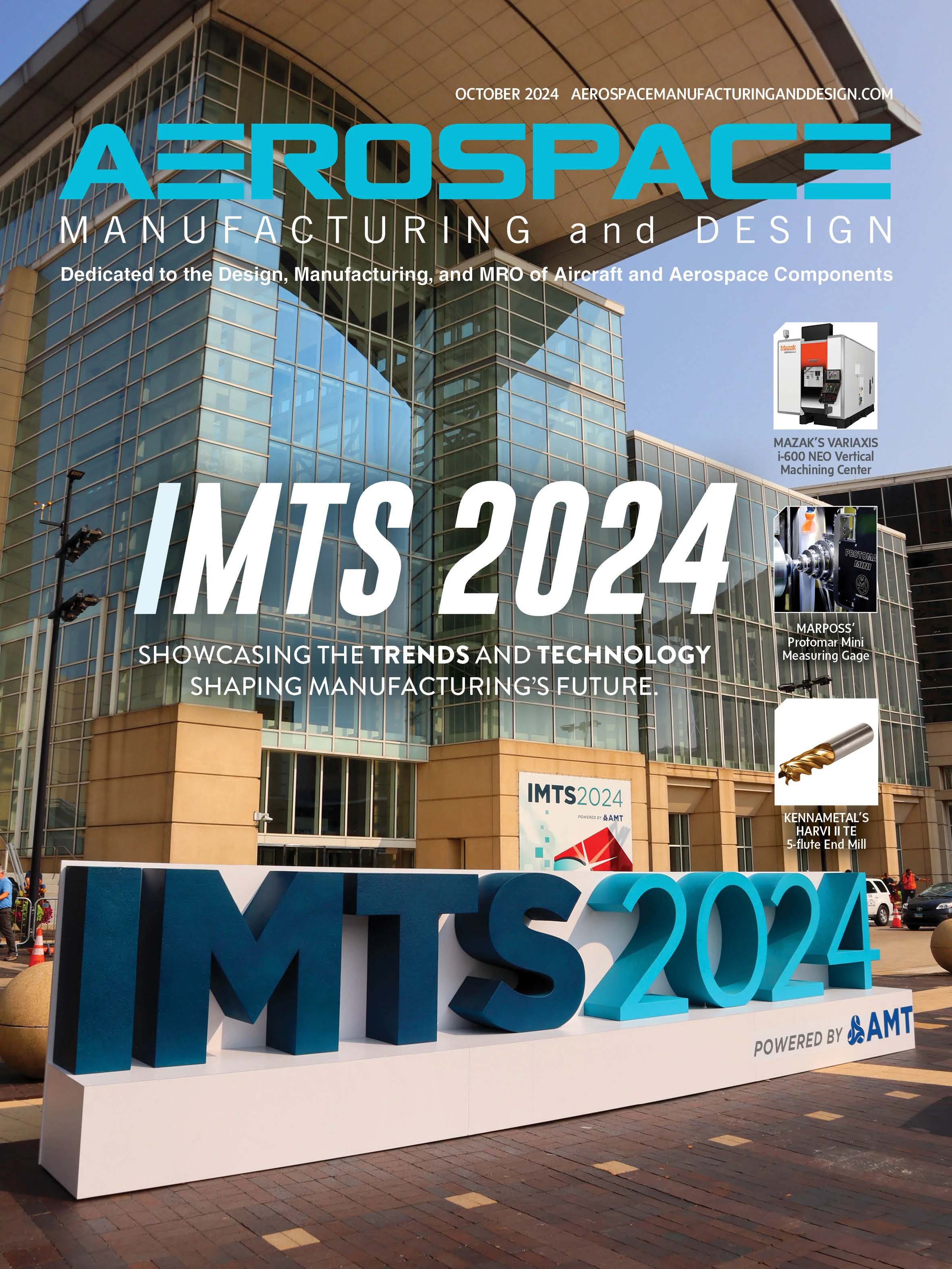
Research conducted by University College London (UCL) investigators reveals and explains the links between vapor depression shape and spatter dynamics during laser powder bed fusion (LPBF) under various industry-relevant processing conditions.
The work, reported in the International Journal of Extreme Manufacturing, quantifies the spatter and spatter-laser interactions and proposes strategies to minimize defects, thereby enhancing the surface quality of LPBF-manufactured parts.
“Spatter is one of the main concerns in industrial 3D printing applications that can contribute to porosity formation and rough surface,” says Chu Lun Alex Leung, author on the paper and associate professor in UCL Mechanical Engineering.
“Adoption of LPBF for safety critical applications is hindered by the challenge of achieving defect-lean, high surface quality metallic components,” adds Peter D. Lee, another author and professor in UCL Mechanical Engineering. “Currently, research on spatter during LPBF is limited, and our goal is to improve our understanding of spatter formation mechanisms using high-energy synchrotron X-ray sources.”
LPBF metal 3D printing (3DP) technology has the potential to produce components that surpass traditional castings in defect levels and mechanical properties when appropriate process parameters are used. However, they may not currently reach the surface quality and defect levels of components machined from wrought products. Reduced defects (or roughness) in the surface regions should bring further improvements on the fatigue performance of the LPBF components.
Oversized spatter can adhere to the surface of AM parts, increasing surface defects and roughness; they can also be trapped in the powder bed in subsequent build layers, leading to lack-of-fusion porosities. Spatter may oxidize, lowering the powder’s recyclability and reusability. The surface oxides can inhibit particle fusion and promote porosity, decreasing part density.
The experiments were performed using a custom-made Quad-laser in situ and operando process replicator (Quad-ISOPR) combining four lasers and an industrial scan head system with a build chamber filled with argon shielding gas. A 1mm thick substrate 15mm high is mounted in the chamber, onto which a thin layer of the powder is deposited.
Using a high-speed synchrotron X-ray, spatter and melt pool dynamics during LPBF can be captured at exceptional spatial and temporal resolution.
“Our work predicts the number of spatters formed during LPBF of an Al-Zr-Fe alloy system,” explains first author Da Guo, post-doc in UCL. “This prediction can be used for future model validation and minimizing spatter.”
The researchers are continuing their efforts to deepen the understanding of spatter formation across various commercial materials in 3DP applications, with the goal of achieving higher surface quality LPBF parts for real-world use.
University College London
https://www.ucl.ac.uk

Explore the October 2024 Issue
Check out more from this issue and find your next story to read.
Latest from Aerospace Manufacturing and Design
- Michigan Advanced Air Mobility (AAM) Initiative established
- Threaded adjustable grippers
- GKN Aerospace accelerates additive fabrication for fan case mount ring
- Expanded offering of internal coolant live tools
- #47 Lunch + Learn Podcast with INSACO
- Doncasters’ Groton expansion reaches major milestone
- Hardware-encrypted drive with trusted supply chain
- Titanium drop bottom furnace installation underway





